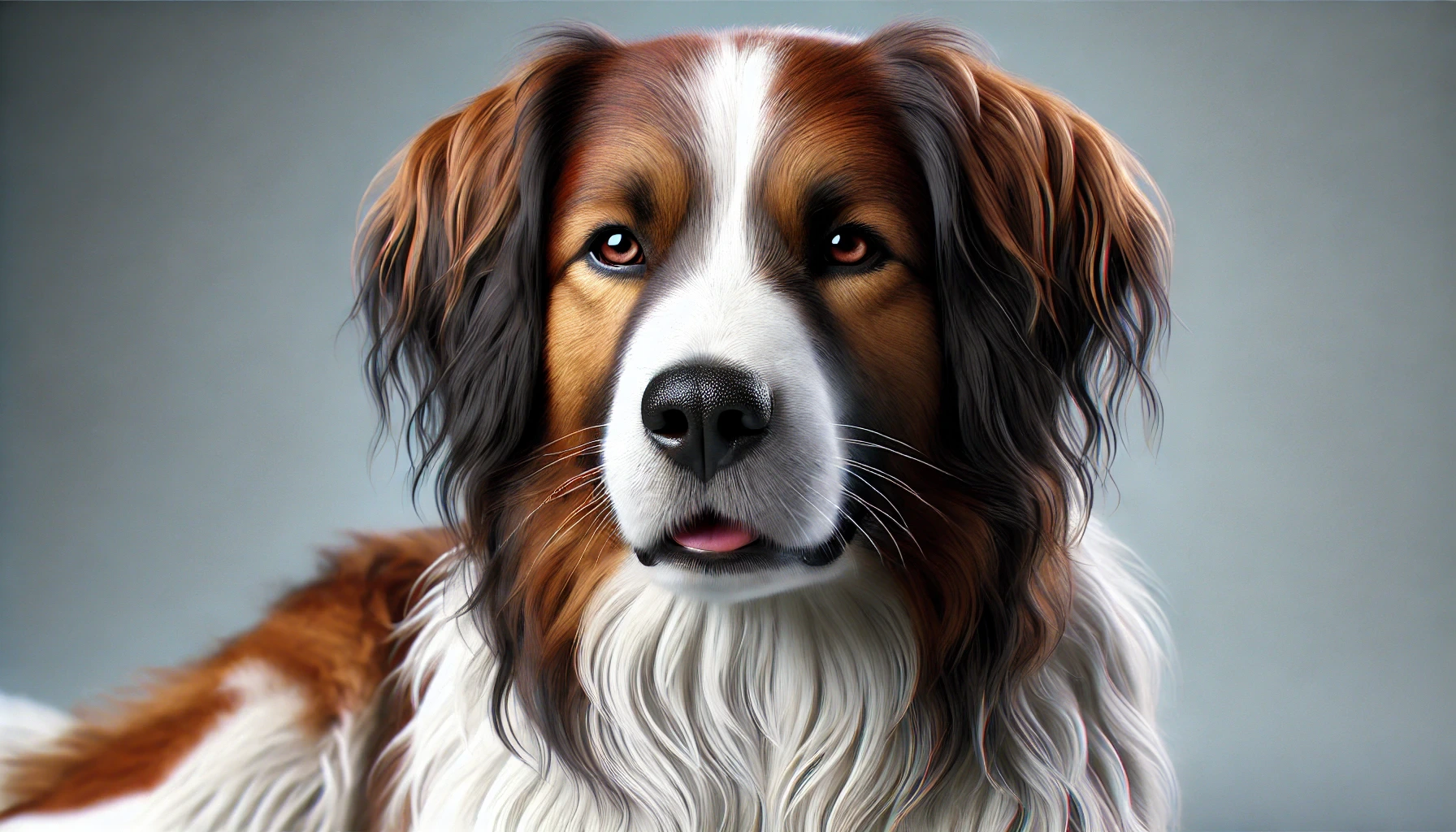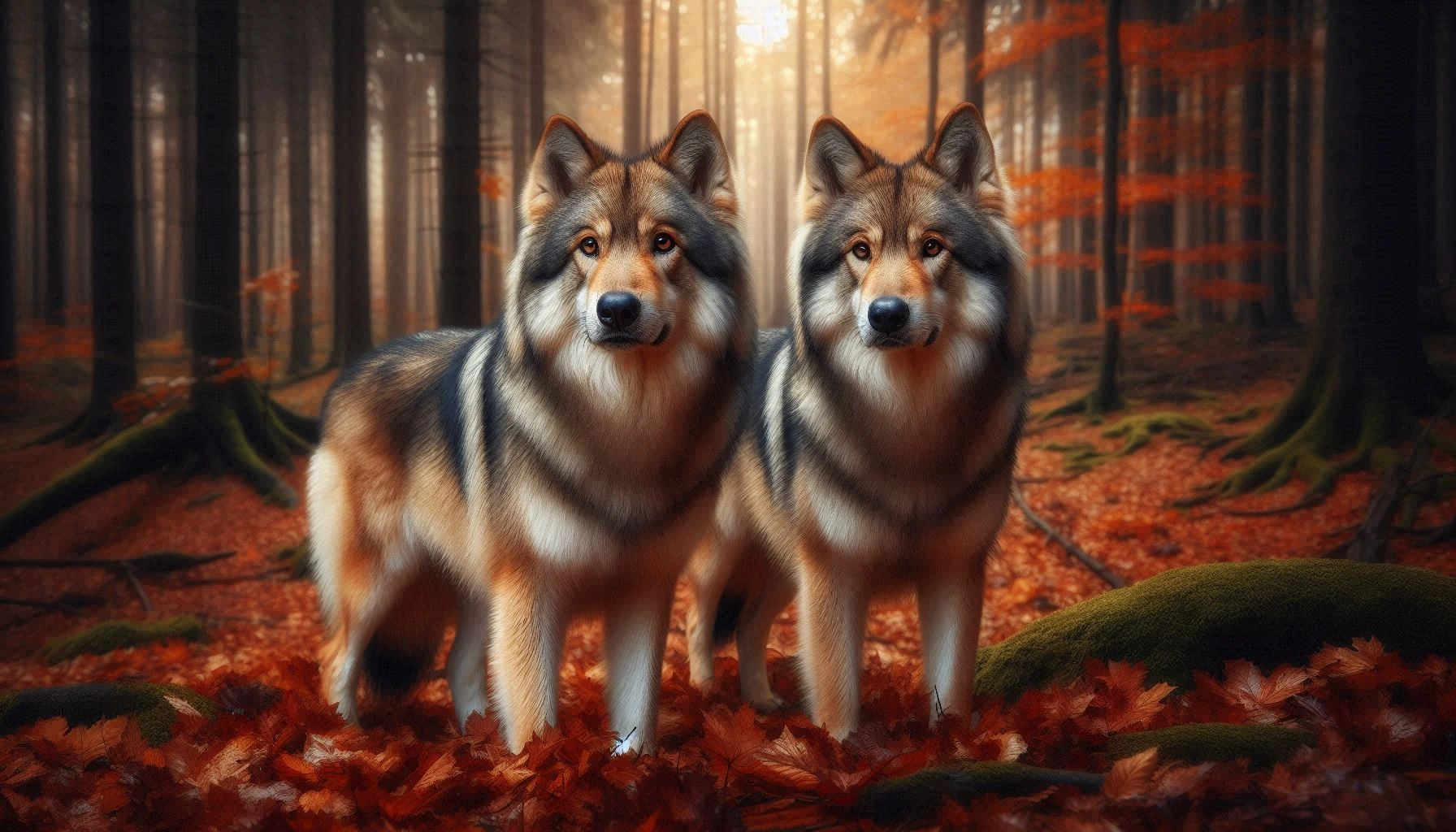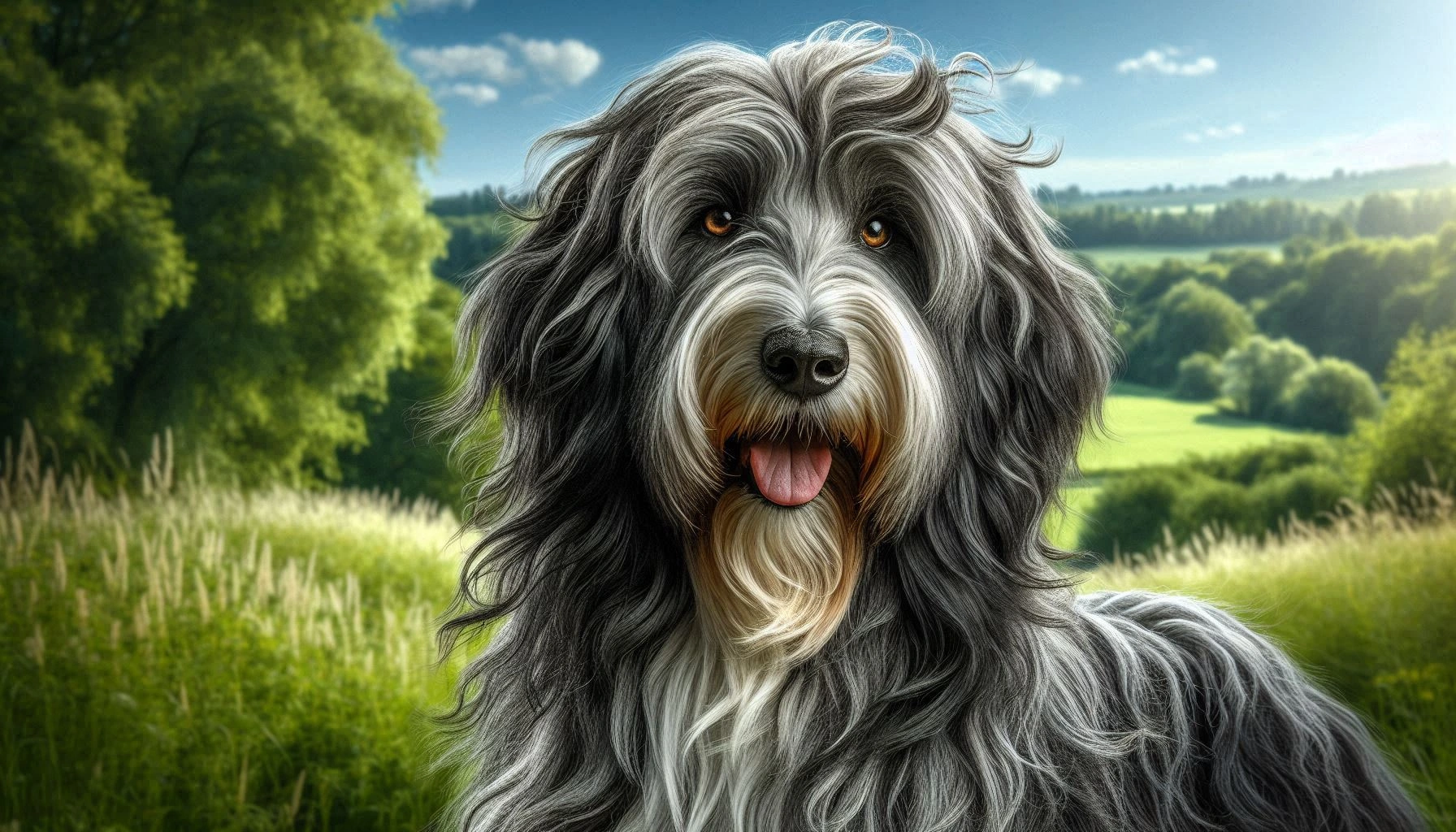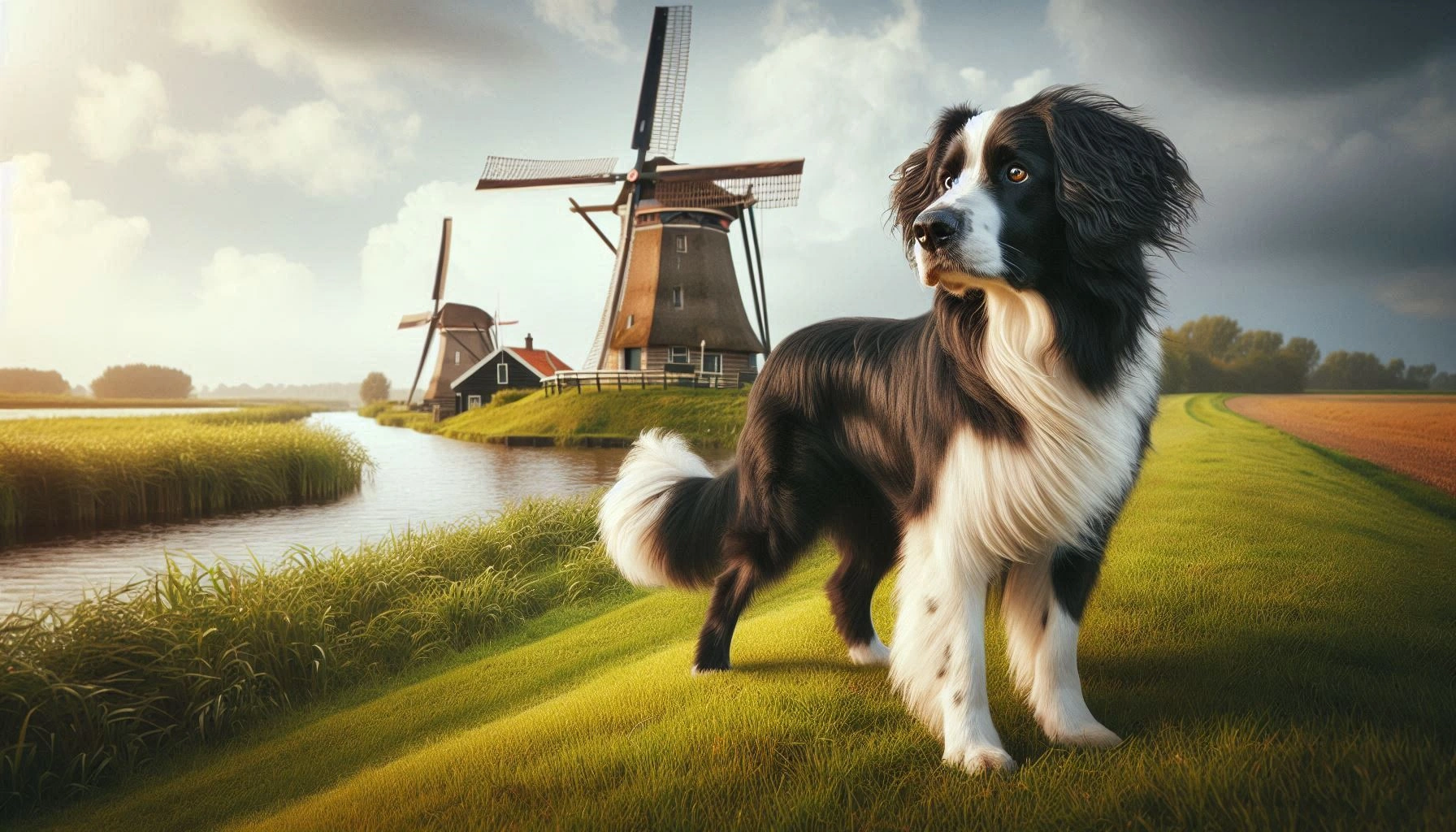Table of Contents
Keeshond Dog Breed
The Keeshond dog breed, often dubbed as the “Smiling Dutchman,” is a medium-sized dog known for its plush coat and friendly demeanor. With a rich history and an engaging personality, the Keeshond has become a favorite among dog owners seeking a loyal and loving companion. This article delves into the unique characteristics that make the Keeshond a popular choice, from its joyful temperament to its relatively low-maintenance grooming needs.
History and Origin
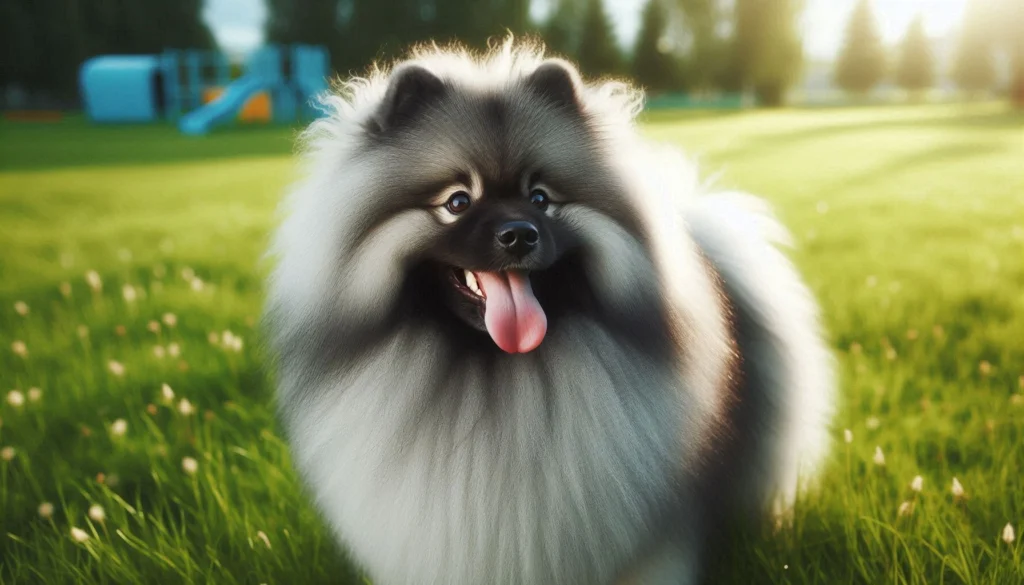
The Keeshond hails from the Netherlands and has a storied past that dates back several centuries. Originally bred as a barge dog, the Keeshond was commonly found on Dutch barges, serving as a watchdog and companion to boatmen. This breed’s name is derived from Cornelis “Kees” de Gyselaer, a leader of the Dutch Patriot political movement in the late 18th century. The Keeshond served as a symbol of the Patriots during their struggle against the ruling House of Orange.
Not only was the Keeshond a political icon, but it also enjoyed a reputation as an excellent family dog and a steadfast companion. Its role as a watchdog helped to cement its place in Dutch households and hearts. Though its prominence waned during certain periods, the breed’s undeniable charm ensured its survival and eventual spread to other parts of the world.
Physical Characteristics
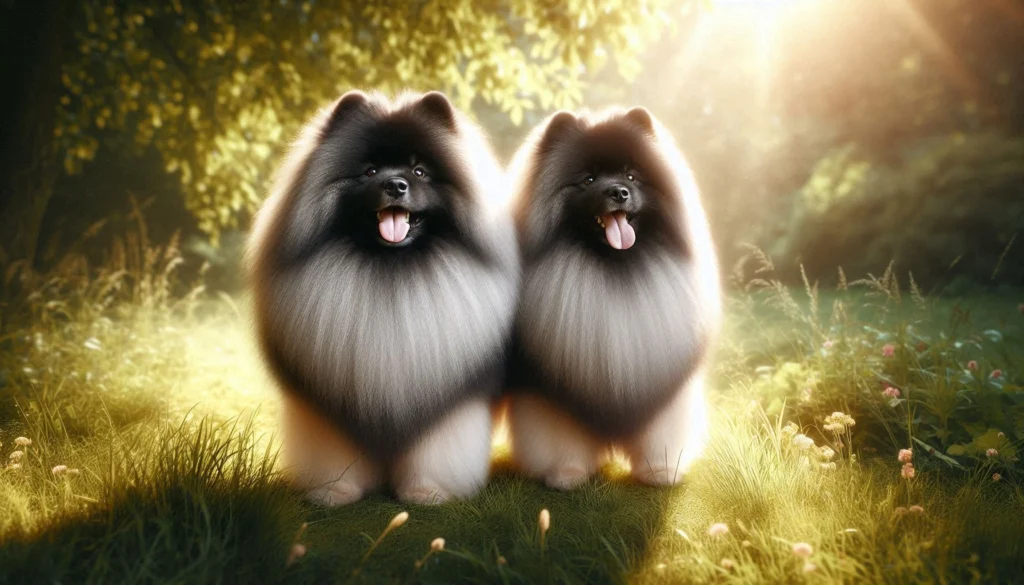
The Keeshond is instantly recognizable due to its plush, double-layered coat, and expressive face. Let’s break down its physical attributes:
- Size: Medium-sized, typically weighing between 35 to 45 pounds.
- Height: Males stand about 18 inches tall at the shoulder, while females are slightly shorter at around 17 inches.
- Coat Type: The Keeshond has a dense undercoat covered by a long, straight, and harsh outer coat. This coat provides excellent insulation against cold weather.
- Colors: The breed features a striking coat color that ranges from a mix of gray, black, and cream. The most distinctive feature is the “spectacles” – markings and shading around their eyes that give the appearance of glasses.
- Distinctive Features: Beyond the “spectacles,” the Keeshond has a fox-like face, small pointed ears, and a luxurious mane around the neck, making it look like a miniature lion.
Temperament and Personality
The Keeshond is renowned for its friendly and outgoing personality. Here’s what you can expect from this delightful breed:
- Disposition: Highly social and affectionate, the Keeshond thrives on human interaction and is known for its unwavering loyalty to family members.
- Interaction with People: These dogs are known to be excellent with children and are generally very gentle. They are also quite sociable with strangers, making them poor guard dogs but excellent companions.
- Interaction with Animals: Keeshonds generally get along well with other animals. Their friendly nature extends to other dogs and even cats, especially if they are socialized from a young age.
- Energy Levels: Moderate energy levels make them adaptable to various living environments, from apartments to houses with yards. They enjoy regular play and exercise but are also content to relax with their family.
Health and Lifespan
The Keeshond is generally a healthy breed, but like all breeds, they are prone to specific health issues:
- Common Health Issues: Some of the health concerns for Keeshonds include hip dysplasia, patellar luxation, and certain eye conditions like progressive retinal atrophy. They are also susceptible to hypothyroidism.
- Lifespan: The average lifespan of a Keeshond is between 12 to 15 years, which is relatively long for a medium-sized dog.
- Health Maintenance Tips:
- Regular Vet Visits: Routine check-ups can help catch any potential health issues early.
- Balanced Diet: Feed them high-quality dog food that meets their nutritional needs.
- Exercise: Regular walks and playtime to keep them fit and prevent obesity.
- Grooming: Regular grooming not only keeps their coat healthy but also helps in monitoring for skin issues or parasites.
Care and Grooming
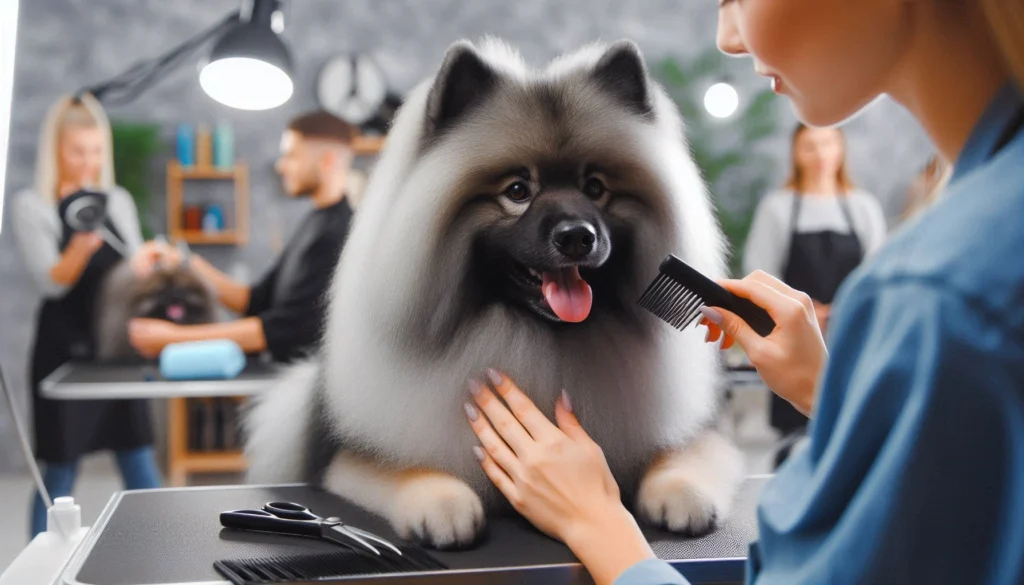
Caring for a Keeshond involves specific grooming and maintenance routines:
- Grooming Needs: Their thick double coat requires regular brushing, ideally several times a week, to prevent matting and reduce shedding. During shedding season, daily brushing might be necessary.
- Exercise Requirements: Moderate exercise needs can be met with daily walks and interactive play sessions. They are not high-energy dogs but do enjoy and benefit from regular physical activity.
- Dietary Recommendations: A balanced diet suitable for their size and age is essential. Consult your vet for specific dietary needs and avoid overfeeding, as Keeshonds can be prone to obesity.
Training and Socialization
Training a Keeshond is generally a rewarding experience due to their intelligence and eagerness to please:
- Training Tips:
- Positive Reinforcement: Use treats, praise, and affection to motivate them.
- Consistency: Be consistent with commands and rules to avoid confusion.
- Early Training: Start training and socialization early to develop good habits and reduce behavioral issues.
- Socialization:
- Introduce to Various Environments: Expose them to different settings, sounds, and people.
- Interaction with Other Animals: Regular playdates with other dogs can help in socializing them.
- Challenges: They can be somewhat stubborn, so patience and consistency are key. Crate training can also be beneficial.
Suitability as a Family Pet

The Keeshond is exceptionally well-suited for family life:
- Living Environment: Adaptable to both apartment living and homes with yards. They are not particularly high-energy but do require regular exercise.
- Interaction with Children: Excellent with children due to their gentle and playful nature.
- Energy Levels: Moderate energy makes them suitable for families with varying activity levels. They are as happy chasing a ball as they are cuddling on the couch.
Fun Facts and Trivia
Here are some fun tidbits about the Keeshond:
- Nickname: Known as the “Smiling Dutchman” due to their happy expression.
- Political Symbol: Served as a symbol of the Dutch Patriot movement in the 18th century.
- Historical Role: Was once considered a barge dog, often found on Dutch barges.
- Cultural Presence: Featured in various paintings by Dutch artists.
Dog Breeds Similar to Keeshond
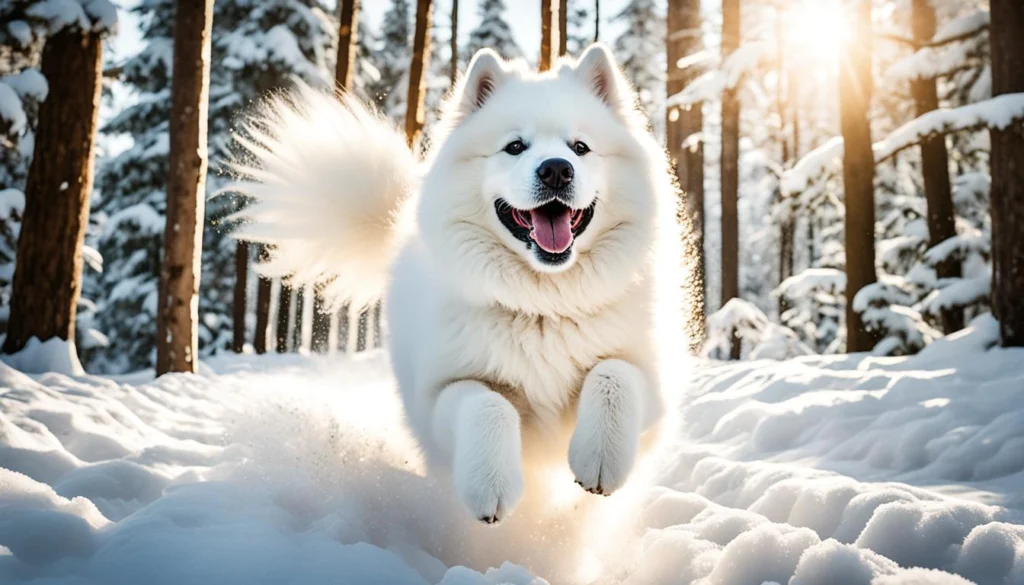
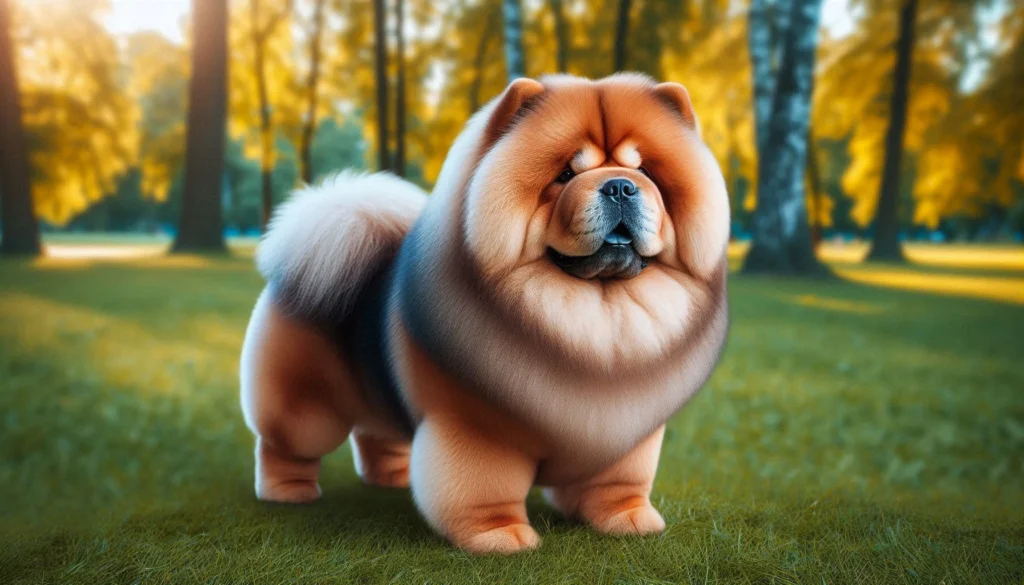
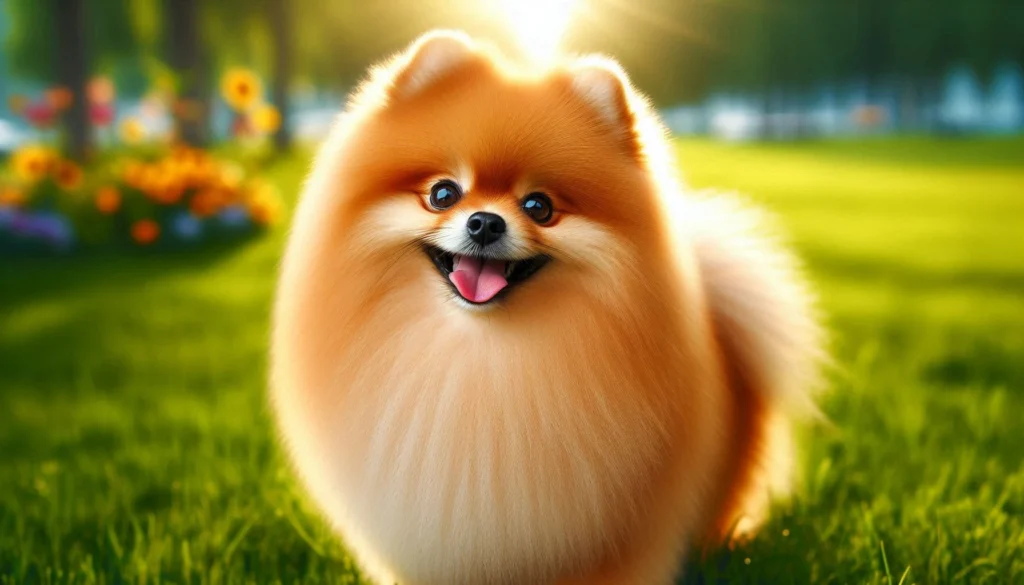
If you’re interested in the Keeshond, you might also like these similar breeds:
1. Samoyed:
- Physical Features: Similar fluffy coat, often white.
- Personality: Friendly and sociable, known for their “Sammy smile.”
- History: Originates from Siberia and was used for herding reindeer and pulling sleds.
2. Chow Chow:
- Physical Features: Thick double coat and a distinctive mane around the neck.
- Personality: More reserved but very loyal to their families.
- History: Ancient breed from China, initially used for hunting and guarding.
3. Pomeranian:
- Physical Features: Smaller in size but shares the fluffy double coat.
- Personality: Bold and lively, full of energy.
- History: Originates from the Pomerania region in Europe, known for their role as companion dogs.
Conclusion
The Keeshond is a delightful breed with a rich history and an engaging personality. Their friendly demeanor, moderate exercise needs, and relatively low-maintenance grooming make them an excellent choice for families and individuals alike. Whether you’re a first-time dog owner or an experienced pet parent, the Keeshond offers a loving and loyal companionship that’s hard to match. If you’re considering adding a Keeshond to your family, take the time to learn more about this wonderful breed and consult with breeders or rescue organizations.
FAQ
Is the Keeshond a dangerous dog?
No, the Keeshond is known for its friendly and gentle nature. They are excellent family pets and are generally very good with children and other animals.
Is the Keeshond the best guard dog to protect you or your family?
While Keeshonds are alert and will bark to let you know if someone is approaching, they are too friendly and sociable to be effective guard dogs. Their primary role is that of a companion, rather than a protector.
